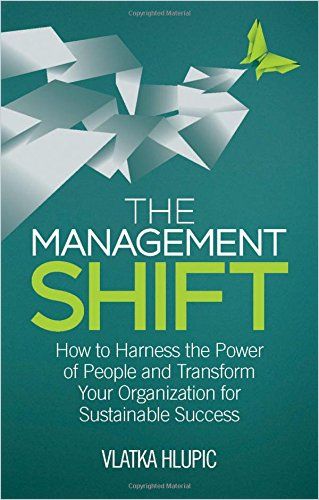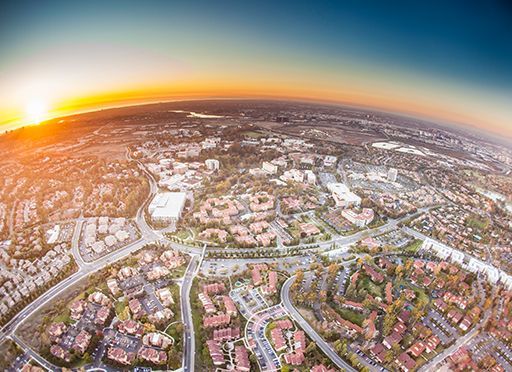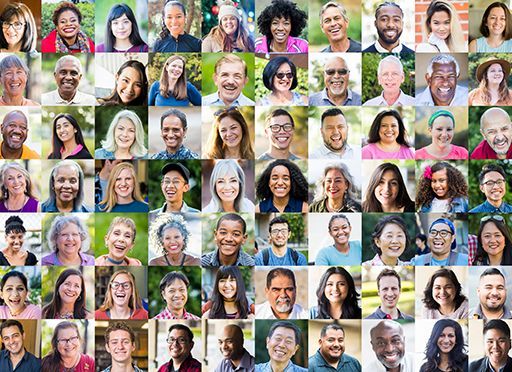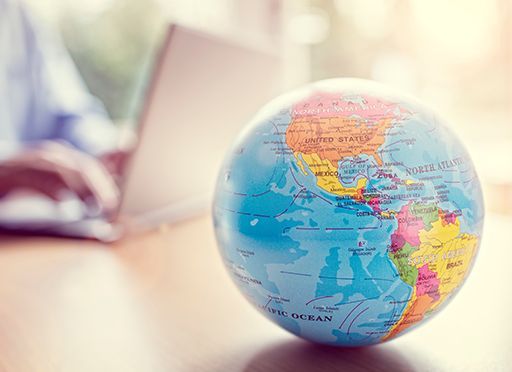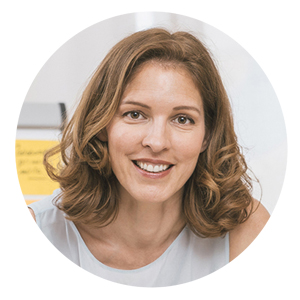The World Post-Pandemic? It’s Not Going To Be What You Expect.
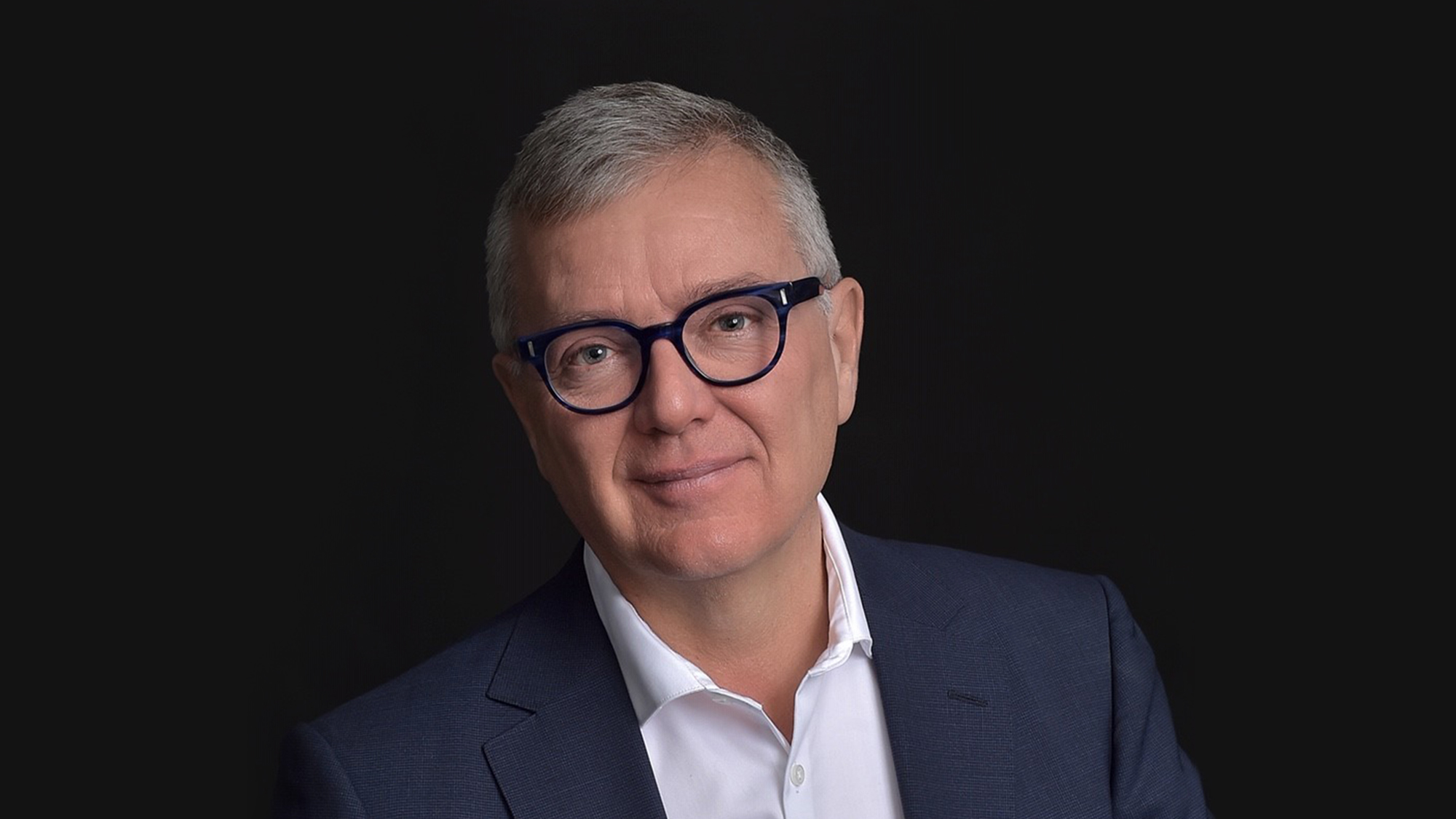
getAbstract: The term “New Normal” is being used ubiquitously to describe life beyond COVID-19. You have forcefully argued against using the term. Why?
Paolo Gallo: It looks like we all take it for granted that there will be a “New Normal” once the COVID-19 pandemic has subsided – if it ever will. We desperately desire to return to some kind of normality after accepting months of total disruption in our personal and professional lives – not to mention the suffering endured by the millions who got sick with COVID-19 or have lost loved ones to the disease. But let’s pause for a second and reflect on the definition of “normal.” One might define it as “conforming to a type, standard or regular pattern” or use synonyms such as “average, predictable, ordinary.” But my favorite definition of normal is “what people expect.” With regard to the pandemic and its aftermath, can we really assume that a “New Normal” is up for grabs, just around the corner? Can we simply move to a place where we once again come to know what to expect?
You have proposed a different way of describing what’s in store post-pandemic. Could you elaborate on the paradigm of the “5Cs” you have developed?
I suggest re-naming “New Normal” – which is simply delusional and unrealistic – to something very different. I believe that we now have five elements, or ingredients, which are constantly present in our lives. I call them the 5Cs.
The sum of these 5Cs – Chaos, Crisis, Complexity, Confusion and Change – is going to create a “New Context,” not a “New Normal.”
Paolo Gallo
The first C stands for Chaos, which is the perfect storm combining speed and uncertainty. The peculiarity of this moment is that speed is not linear, but exponential, and it is mainly driven by technological changes. Do you remember the prophecy of Gordon Moore, Founder of Intel Group? “The performance of computers doubles every 18 months.” If we add the geopolitical changes and the social unrest we’re seeing today, we can understand kaos, a Greek term.
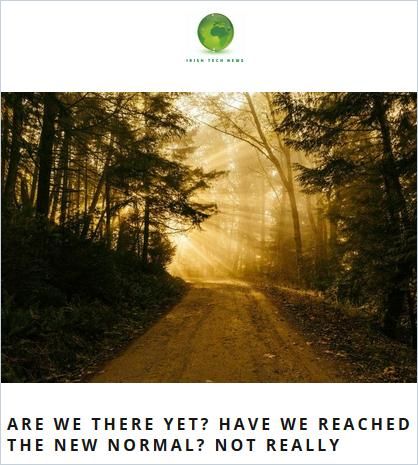
Are We There Yet? Have We Reached The New Normal? Not Really
Irish Tech NewsThe second C?
It stands for Crisis, a term also derived from Ancient Greek. A crisis is a difficult or dangerous time in which a solution is needed – and fast. The term has originally been used in medicine, implying the need to move quickly with a clear decision. We know that a half decision means a squared mess, and that crisis does not build character but rather reveals it. If we leave inept and unfit leaders at the head of a company or a country during a crisis, their true colors will be revealed clearly. A crisis thus serves as a sort of acid test of leadership. The third C stands for complexity.
We are used to framing problems as merely “complicated.” A complicated problem requires technical expertise with a disciplinary focus. Yet “Complexity” is something different, right?
Yes, the magnitude of the problems we are facing today force us to decode complexity through constant learning, adapting, sense-making and leveraging interdisciplinarity as a norm. Complexity requires trust and cooperation to solve problems along with the authority to impose someone’s views upon others. That leads us to the fourth C, which stands for Confusion or – if you prefer – ambiguity. Nothing is going to be ‘clear cut’ or easily distinguishable from a distance in the future. Ambiguity means that concepts, ideas and situations have different meanings for different people, hence the need to reconcile these differences by including everyone in the conversation. Otherwise, there will be confusion!
The last C stands for Change…
Yes, but, actually, let me scale that up to “Constant Change.” Do you remember the book, Who Moved My Cheese by Spencer Johnson? It’s more than 20 years old but still very helpful to internalize the fact that change is not the exception but a constant in our lives.
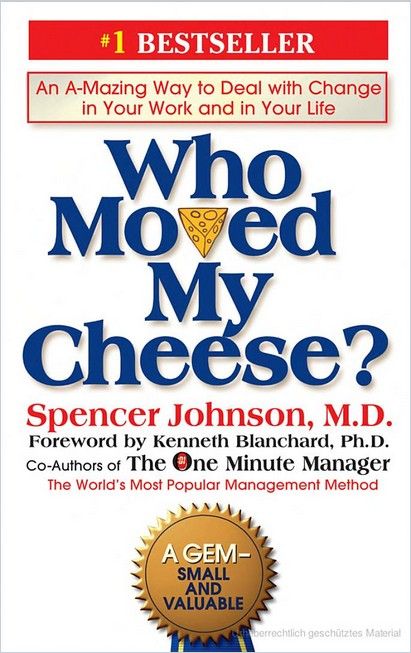
We were all amazed to see our capacity to adapt so rapidly during COVID-19, for example, when we started working from home. Ironically, the only normal, stable component in our lives is going to be constant change.
You imply that the “New Context” ushered in by the novel coronavirus cannot and should not be “normalized” or somehow be turned into a seemingly predictable routine. Yet, also, people cannot psychologically sustain this frantic pace of developments at such heightened levels of anxiety and uncertainty much longer. How shall we relate to or settle into this “New Context?” How do we maintain our sanity in a time of never-ending chaos?
The faster the rate of change around us, the deeper the need to slow down. In my view, we need to start by pressing the “Pause” button. Think about an amazing car, for example the Ferrari 812 Superfast. What enables it to go so fast? When I ask this question in my seminars, most people attribute the car’s speed to “the engine” or “the driver” or “the aerodynamics.” But what actually enables a Ferrari or any other car to go fast are… the brakes. Without brakes, we couldn’t drive even five miles per hour because we will have an accident at the first traffic light. The same is valid for us: What allows us to go fast is our capacity to slow down, to use our internal brakes.
But what does that mean in concrete terms?
We need to stop and check in with ourselves regularly to see if we have enough gas in our tank. In fact, we have four different kinds of energy: physical – our general health and vitality; mental – our clarity and focus; emotional – our resilience and emotional self-control; and spiritual – our inner motivation and values that drive our decisions. Given the moment we are living in, we need to “use the brakes” by asking ourselves a very simple question: Which source of energy has been the most depleted recently? My guess is that our emotional and spiritual reserves have been drained and – like a car – we are currently driving by using our reserves.
What allows us to go fast is our capacity to slow down, to use our internal brakes.
Paolo Gallo
You name five characteristics that define the New Context: Chaos, Crisis, Complexity, Confusion and Change. Among the five characteristics, the one that I find the most intriguing is the notion of “Confusion” – the sense that nothing today is black and white anymore, that “facts” are relative to different groups. It seems, then, that we are caught in an impossible predicament: We crave certainty, but certainty is impossible to obtain in a world that no longer accepts the notion of an objective truth. How can we make progress and move on in the midst of so much confusion?
Confusion is here to stay but we can do something about it. Confusion means that situations and issues are no longer clearly defined or cannot be categorized into black and white. Take freedom of speech, for example: While we all agree on the legitimacy of the concept as such, does this mean that everyone can say whatever they want? Or take people’s legitimate need for security and safety: Does it mean that states can implement a comprehensive surveillance apparatus, such as China is doing with the social credit system? These issues cannot simply be regulated by laws but must also be defined by norms and ethics. Last example: If you look at the Facebook-Cambridge Analytica scandal, it becomes clear that our privacy and data were used not only to sell us products or services but to manipulate our decision-making. We need to be constantly alert and use our moral compass once our radar has detected something that is not right.
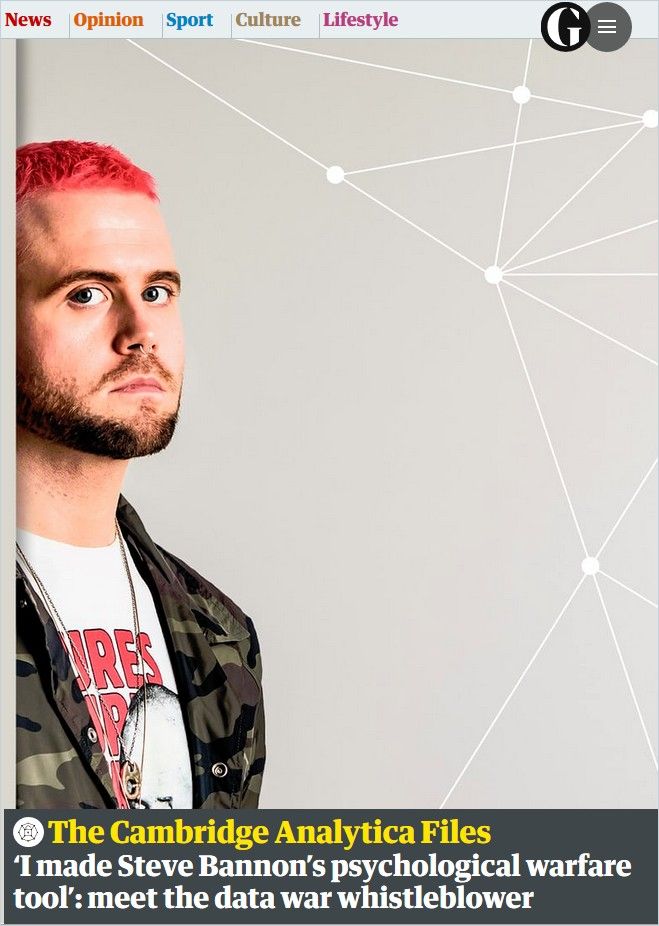
Why do you believe the New Context opens up unique opportunities to “reset” the current system?
Well….before we fall in love with the concept of “reset” or even “great reset,” we need to ask ourselves: Who is going to push the reset button? The current system has failed most of the world’s population: Think of the 1.3 billion people surviving on less than two dollars a day; the many people left behind, excluded from jobs and dignity; the cruel discrimination against African Americans, women, minorities and religious groups. We cannot allow the very same people who set up the current system to their political and economic advantage to reset it, as if they still had the credibility to do so. They don’t. Many lost that credibility a long time ago, possibly because some “leaders” still confuse the terms credibility with visibility on social media. It’s not the same thing. But it’s not about burning cars or destroying statues with iconoclastic fervor either. Ancient Romans used slaves too but we are not going to tear down the Coliseum, are we?
Who are the next generation of leaders who will, as you put it, “push the reset button?”
The point is, the current leadership model has failed us; it has forgotten 99% of the people on the planet. “No Justice, No Peace,” as Bob Marley used to sing. The list of disappointments is so long that it will fill many volumes. If you think that leadership is an empty word or just a topic to debate in academia, think twice. When it comes to fighting COVID-19, the colossal difference between the leadership displayed by Donald Trump in the United States or Jair Bolsonaro in Brazil, on the one hand, and the leadership shown by New Zealand’s Prime Minister Jacinda Ardern, on the other, is almost embarrassing. The price tag: Thousands of lives gone due to ineptitude, indifference and false priorities. If we focus on the corporate world, it is even worse. If you read Jeffreys Pfeffer’s book, Dying for a Paycheck, you will find overwhelming evidence of how toxic organizations, psychopathic leaders and cruel working conditions are literally killing people.
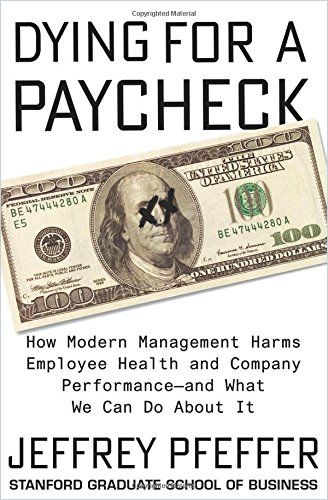
What kind of leadership does the world need?
I do not wish to convey a few plausible and agreeable points such as, “We need good leaders with strong communication skills,” or “More diversity would be helpful.” The time to be politically correct without any accountability is over. Hence, I am proposing five leadership characteristics that correspond directly to the 5Cs that make up the New Context. These five characteristics will help future leaders address the 5Cs effectively: Care, Cause, Connection/Collaboration, Creativity and Courage.
The current leadership model has failed us.
Paolo Gallo
Let’s start with Care: “Nobody cares how much you know, until they know how much you care,” Theodore Roosevelt once said. He was right. But somehow conventional thinking has defined care as equal to weak. Nothing could be further from the truth. Caring about people does not mean showing weakness but rather demonstrating empathy and compassion by taking concrete actions. The COVID-19 crisis has revealed the true colors of organizations. Some have demonstrated true caring, others haven’t.
This has to do with Cause as the second leadership characteristic, I assume?
Of course. A strong sense of purpose is the second essential trait of leadership. Why are we doing what we are doing? Humans are purpose seekers. We all need to feel connected to a higher purpose. A true leader is able to motivate missionaries (people driven by the desire to make meaning), not mercenaries (people motivated only by personal gain). Losing your sense of purpose is like losing your compass: You may keep on going but you’ve lost the sense of direction.
Humans are purpose seekers. We all need to feel connected to a higher purpose.
Paolo Gallo
I learned this during the tragic, 2010 Haiti earthquake when I was working at the World Bank. People found an immediate connection with their purpose and gave their best to help by achieving results that were considered impossible just a few weeks earlier. We have something similar happening again during the current crisis, when field hospitals were built within a time frame of a few weeks rather than a few years to cope with the huge influx of COVID-19 patients. How is this possible? It’s made possible by a common sense of purpose entrenched in our mind and souls.
We have seen again and again how major adverse events or a common threat can unite people behind a common purpose and bring out the best in them. What lessons can we learn from the COVID-19 crisis that may be applied to other threats humanity is facing?
There are several lessons we have learned during the COVID-19 crisis. One is that the magnitude of the problem requires the capacity to “connect the dots” and to collaborate with many stakeholders. We can apply the same principle when we think about climate change or other systemic problems such as unemployment. So, what do we mean by connection – the next C on our list? It’s the capacity to have a systemic approach to problem solving, to understand how a problem correlates to the solution. Raising the retirement age, for example, will have a simultaneous impact on pensions and youth employment, respectively.
We need creative solutions…
Given the 5Cs of Chaos, Crisis, Complexity, Confusion and Change, new leaders cannot rely only on updated operating systems, KPIs and procedures. They also need creativity, the capacity to find innovative solutions to complex problems. It is not about inventing new products and services every day; it’s about having a mind-set and a creative process. One example of mind-set: using knowledge and experience in one discipline and bringing it to a different one.
Can you give an example?
This is what Steve Jobs did when he fell in love with Andy Warhol’s painting of the portrait of John Lennon. He used the same multicolor panel for the first Apple products. Truth be told, Apple was not the first company to use unconventional colors for its products. Olivetti started in the ‘70s with a revolutionary typewriter called Valentina. This machine was available in several bright colors, such a revolutionary approach that one is now on display in the design museum in London. And guess what you need to succeed with such a good idea? Courage. That means remembering what we stand for. Too many leaders choose what is convenient; they say or do what people expect by telling them what they want to hear. Politically it is called populism; in corporate terms it is a clear sign of mediocrity, as if leadership were a beauty contest. The problem with this approach is confusing visibility and popularity with credibility and substance.
We see this all the time: companies that measure their success based on the number of Facebook or Instagram followers, as if they were teenagers with hormonal problems.
Paolo Gallo
Courage is a different story. It is the capacity to do what is right even when it is not yet in vogue. Take what is happening right now following the #MeToo and #BlackLivesMatters movements. How many companies have appointed qualified women or African Americans in leadership roles?
I am proposing five leadership characteristics that correspond directly to the 5Cs that make up the New Context: Care, Cause, Connection/Collaboration, Creativity and Courage.
Paolo Gallo
Young people at the brink of entering their professional lives not only need to come to terms with the new context but also face a very daunting job market. As the author of the career advice book, The Compass and the Radar, what would be your main message to young people today?
I would like to share a story: My Dad made a major commitment to my twin sister and me when he promised to be there for our first day of school. He worked in Sao Paulo, Brazil, and only came back home to Milan, Italy, twice a year: in August and at Christmas. So the big day finally came, but when we woke up that morning, our Dad wasn’t home. We were crushed, but despite our disappointment, we still felt excited to start school. Well, the first day flew by, and when the final bell rang, my Dad was waiting for us at the school gates. I was overjoyed to see him and jumped into his arms along with my sister. On the way home, we bombarded him with our stories: what we’d done at school, the names of our new classmates, the teacher, the blackboard with all the colored chalk, the map of Italy on the wall. And our stories continued at home too, during lunch with the family. When the meal was over, my Dad looked me in the eye and said: “Paolo, starting tomorrow, don’t talk about what you did, but ask yourself what have you learned, if you’ve helped other people and if you love what you’re doing, because nothing else matters.”
So, whatever you do: Love what you are doing, Keep on learning and help others in your journey. Love, learn and help. It has been my own “compass and radar” for my entire life…hence the title of my book.
About the author
Paolo Gallo is an author, executive coach and adjunct professor at Bocconi University in Milan. Formerly, he served as senior adviser to the executive chairman at the World Economic Forum and as Chief Learning Officer at the World Bank. Link to author website.
Next steps:
Read the full or summarized version of Paolo Gallo’s editorial, “Are We There Yet? Have We Reached The New Normal? Not Really.“
Check out the getAbstract Journal Containers on Leadership, New Work, Digital Transformation and New Frontiers.

